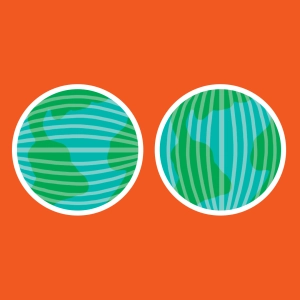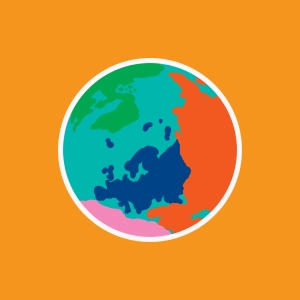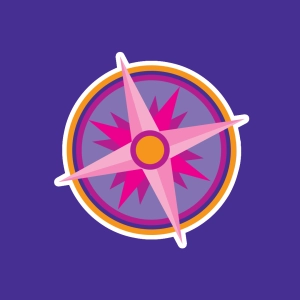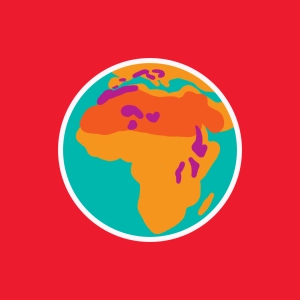 Longitude - Latitude
Longitude - Latitude
Learning objectives
- To locate a place using its latitude and longitude.
- To identify places on the globe that have the same latitude, or the same longitude.
- To find the relationships between climates and latitudes.
After several shipwrecks, England decided in 1714 to create an office of longitudes (Board of Longitude) which offered a reward to anyone who could find a way of locating one’s position on land and at sea.
The problem is very complex, and navigators continued to use sextants and other astrolabes to find their location at sea. Wireless telegraphy at the end of the 19th century, and, more recently, the GPS with its procession of satellites, finally brought a precise solution to this problem.
Every point on the surface of the Earth can be located by two angles, in units of degrees.
Latitude: the angle that varies from 90°S (South) to 0° for points lying on the Equator, then from 0° to 90°N (North) for points that are above the Equator.
Longitude: the angle that varies from 180°W (West) to 0° (the reference meridian, called the Greenwich Meridian), then from 0° to 180°E (East).

Discover EduMedia for free
The interactive encyclopedia that brings science and math to life in the classroom.
Over 1,000 resources





